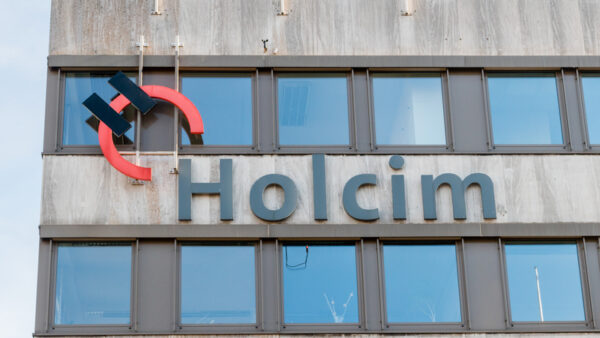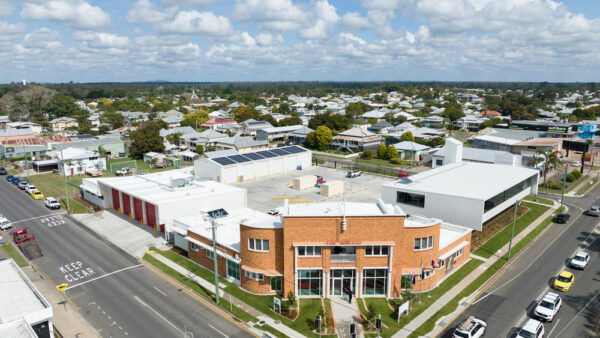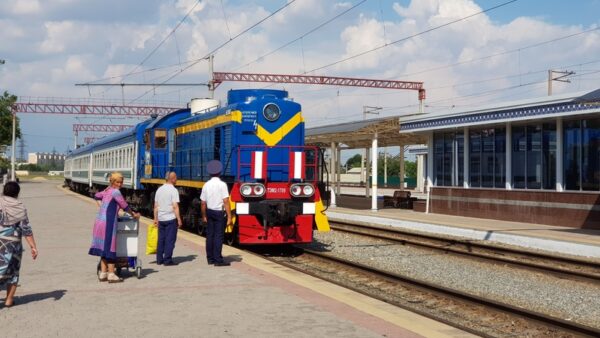Sweden is planning to build nine urban districts containing 100,000 homes to accommodate the country’s rapidly rising population.
Housing minister Peter Eriksson said new districts would be located in six municipalities, and would be part of a plan to build 600,000 homes by 2025 to ease what the Swedish press refers to as the country’s “screaming” housing shortage. The population of Sweden recently passed the 10 million mark, and is due to reach 11 million by 2025.
Eriksson added that the state would look to provide infrastructure to help spur housing development, and gave as an example of this “new tracks, stations, and support for innovation. The two new railroads to Uppsala in the National Infrastructure Plan are a clear example of this work already having an effect”.
The bulk of the new settlements will be located in the vicinity of Stockholm, Gothenburg and Uppsala, where most of the jobs are.
The roots of Sweden’s housing crisis are complex, according to English-language news site TheLocal.se, with a decline in affordable housing provision since the 1990s and a recent influx of asylum seekers identified as contributing factors.
There are just under 10 million people in Sweden. In 2016 its population grew by more than 140,000 people, a record mainly due to immigration, according to state-funded information agency Sweden.se.
2015 saw a peak number of asylum seekers, 163,000, enter the country following an influx of 80,000 asylum seekers in 2014. The number dropped last year to 29,000.
Among the new settlements will be:
- Landvetter Södra, a new town for 25,000 inhabitants, complete with offices, shops and factories. This will be built in Härryda municipality. The site is an undeveloped area between the cities of Gothenburg and BorÃ¥s, near Gothenburg-Landvetter Airport.
- The village of Segersäng in Nynäsham municipality, about 15km south of Stockholm. This will be expanded from 250 homes to 10,000 by 2035.
- The neighbouring village Hemfosa in Haninge municipality (pictured), presently an area of forests, meadows, horse farms, will be expanded to take advantage of its commuter line to Stockholm.
- Some 10,000 homes will be added to the town of Alsike, on the southern outskirts of Uppsala; 12,000 will be built in the neighbouring town of Nydal.
- The industrial city of Gävle, about 100km north of Stockholm will have between 4,000 and 6,000 extra houses.
The areas were chosen by researcher Johan Edstav and planning expert Christina Leideman, and were published in an interim report. According to the report, some of the new communities can be completed in seven to 10 years, but others will require up to 25 years.
Image: The rural area of Hemfosa, south of Stockholm, is to become a new town (dansglad.se)
Further Reading:
Comments
Comments are closed.







At least the Swedes are accepting their housing crisis is due to immigration. When I advise readers of quality papers it has caused a similar crisis in Britain I am denounced as a xenophobe. The fact that I was demolishing surplus modern social housing in a major UK city in 1997 is dismissed and they all scream it was caused by Margaret Thatcher’s government selling Council houses.
Actually the sell off of Council houses was economic common sense because it cost more to modernise 50-year-old Council houses than build new ones. Selling them shifted this cost to the new owners so she was not selling off an asset but disposing of a liability.